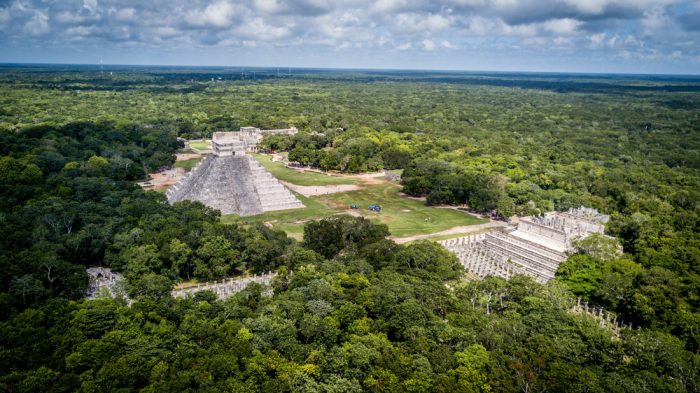A new report from the Deutsche Welle (DW) broadcaster shows how modern methods are being applied to conservation monitoring in the Selva Maya.
The Selva Maya, shared by Belize, Guatemala and Mexico, is the largest tropical forest in Mesoamerica and harbors high levels of biodiversity. Unfortunately, this massive forest declines in size by about 30,000 hectares each year due to pressures such as agricultural and livestock expansion, forest fires and illegal trafficking of flora and fauna.
As a result, monitoring activities are extremely important for learning about the trends affecting different habitats and species, as well as understanding the threats and proper management of protected areas. Monitoring provides relevant information to decision-makers and raises awareness among the general populace, which helps lead to proactive steps to deal with ecosystem threats.

The International Climate Initiative’s (IKI) trinational project (Belize, Guatemala and Mexico) Promotion of Biodiversity and Climate Change Monitoring in the Selva Maya Region strengthens monitoring capacities in protected areas of the region.
A new DW report presents three examples of the work carried out by the project in Mexico, including the use of the SMART tool in the management of protected natural areas, the promotion of citizen science through the use of the eBird platform and regional collaboration in the monitoring of aguadas (large water reservoirs) and their associated fauna.

